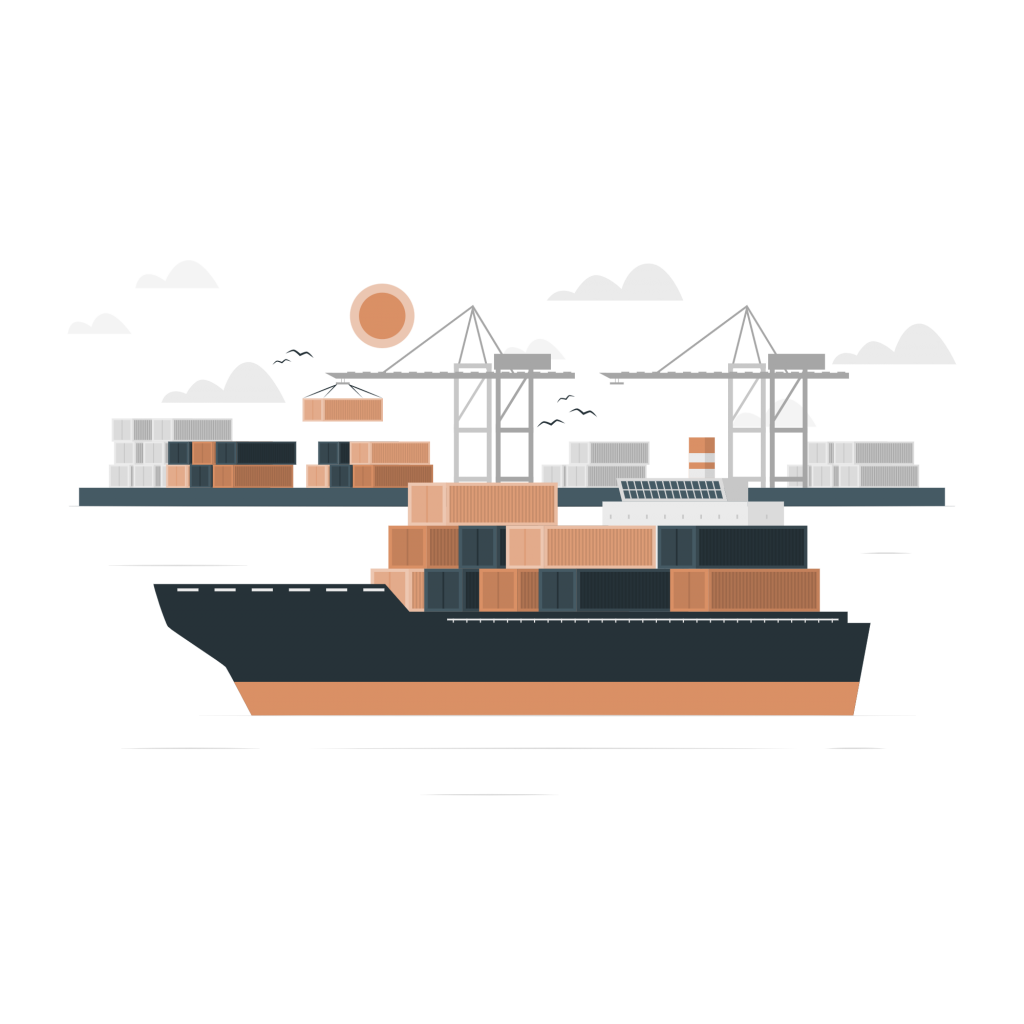As we head further into 2023, importers are facing increasing pressure to optimize their supply chains and reduce costs. One of the key areas where this can be achieved is by leveraging data from vessels operating in global waters. To do this effectively, importers need access to a Vessel Data API that provides real-time data on vessel movements, locations, and cargo status.

A good vessel data API should provide reliable and accurate information that can be used to optimize import operations. This includes vessel location, speed, and heading, as well as cargo status, draft, and other relevant information. With this data, importers can track their shipments, optimize shipping routes, and reduce costs by avoiding delays and detours.
Vessel Traffic Information API: A High-Quality Vessel Tool
One of the must-have vessel data APIs for importers in 2023 is the Vessel Traffic Information API. This API provides real-time data on vessel movements, including vessel location, speed, and heading. It also includes additional information such as vessel type, draft, and destination. By leveraging this data, importers can track their shipments and optimize their logistics operations.
The Vessel Traffic Information API is particularly useful for importers because it allows them to track vessel movements in real time. This means they can be alerted to any delays or issues that might impact their shipments, and take corrective action before it’s too late. Additionally, the API’s data on vessel cargo status can help importers identify potential issues with their shipments, such as damage or tampering.
Another advantage of the Vessel Traffic Information API is its flexibility. It can be easily integrated into existing systems and workflows, making it easy for importers to start leveraging its benefits right away. The API also provides data in a format that is easy to read and analyze, allowing importers to quickly identify trends and make informed decisions.
To sum this up…
In conclusion, as importers look to optimize their supply chains in 2023, leveraging data from vessels is becoming increasingly important. To do this effectively, they need access to a reliable and accurate vessel data API. The Vessel Traffic Information API is one of the must-have APIs for importers in 2023, providing real-time data on vessel movements and cargo status that can help importers optimize their logistics operations and reduce costs.
Vessel Traffic Information API Endpoints
The API has a variety of endpoints, such as “GET VESSEL DATA BY SHIP ID” or “GET VESSELS BY GEO LOCATION.” Provide the required data and make the API call, and you will receive the information in seconds.
For example, if you choose the “GET VESSEL DATA BY SHIP NAME” endpoint, the Vessel Traffic Information API may provide responses such as:
{
"status": 200,
"success": true,
"message": "IMO Code 9270622 is valid",
"data": {
"imo_number": "9270622",
"vessel_name": "AQUAMAN",
"ship_type": "Offshore Tug/Supply Ship",
"flag": "Vanuatu",
"gross_tonnage": "2332",
"summer_deadweight_t": "2162",
"length_overall_m": "69",
"beam_m": "16",
"year_of_built": "2003"
}
}To make use of it, you must first:
1- Go to Vessel Traffic Information API and simply click on the button “START FREE TRIAL” to start using the API.
2- After signing up in Zyla API Hub, you’ll be given your personal API key.
3- Employ the different API endpoints depending on what you are looking for.
4- Once you meet your needed endpoint, make the API call by pressing the button “run”. Then, you will see the results on your screen.
Want to learn more? Check Comprehensive Guide To Ship Tracker API In 2023

